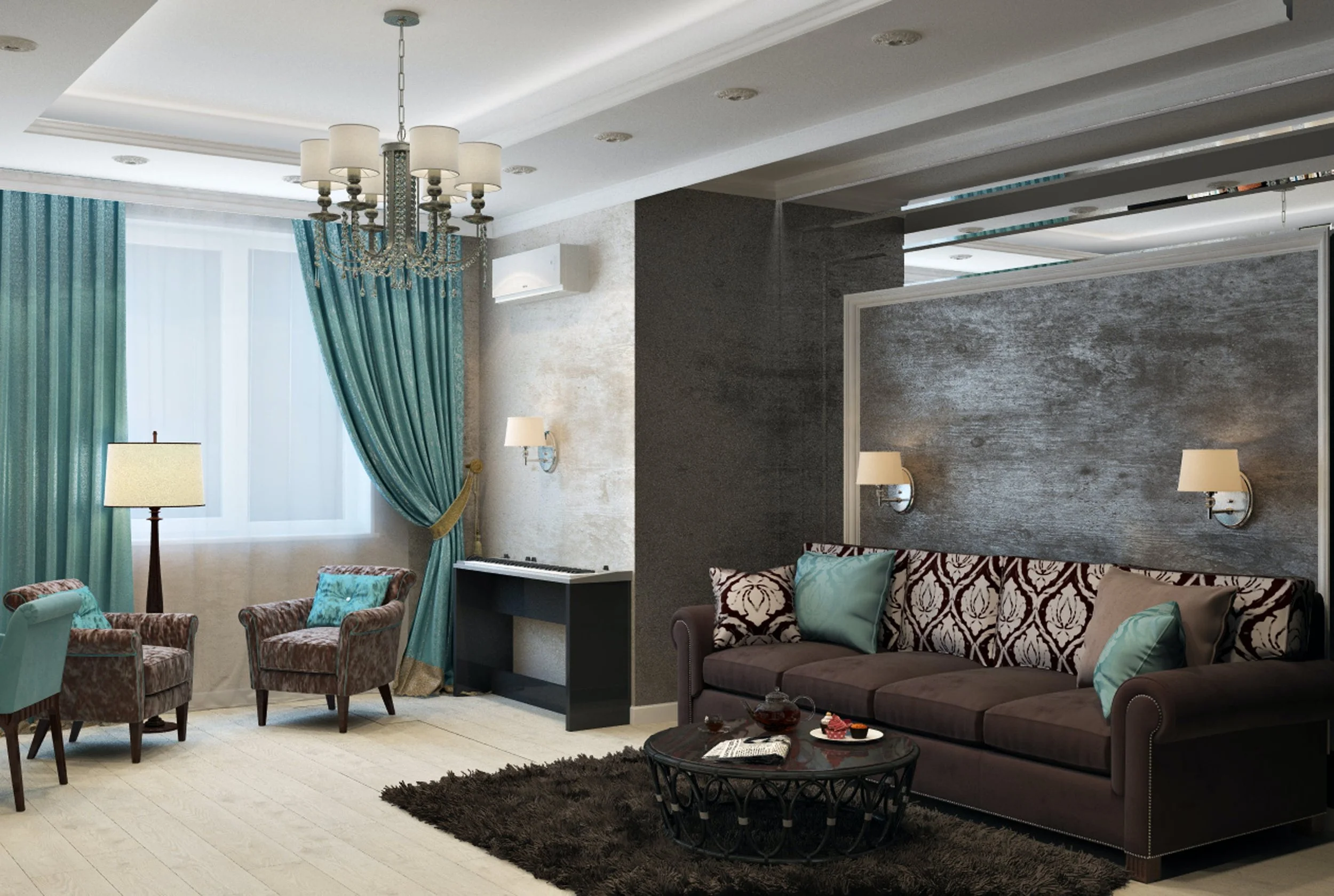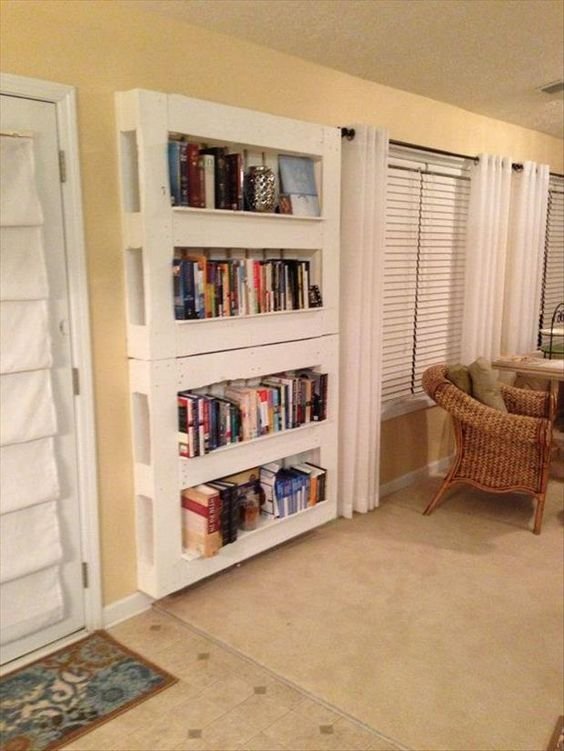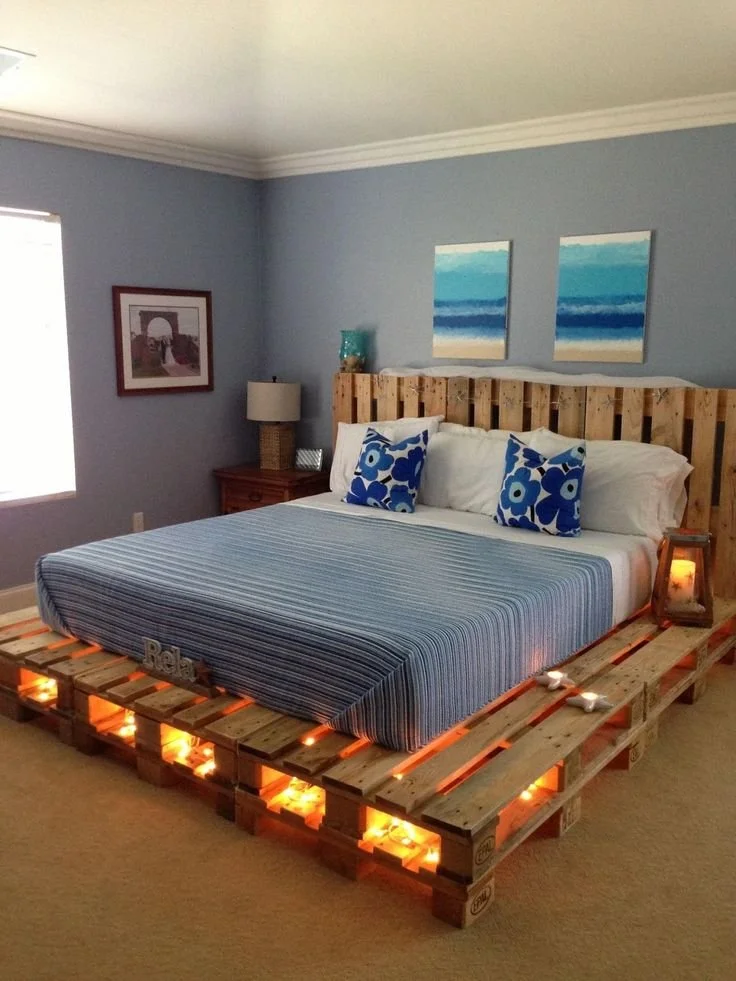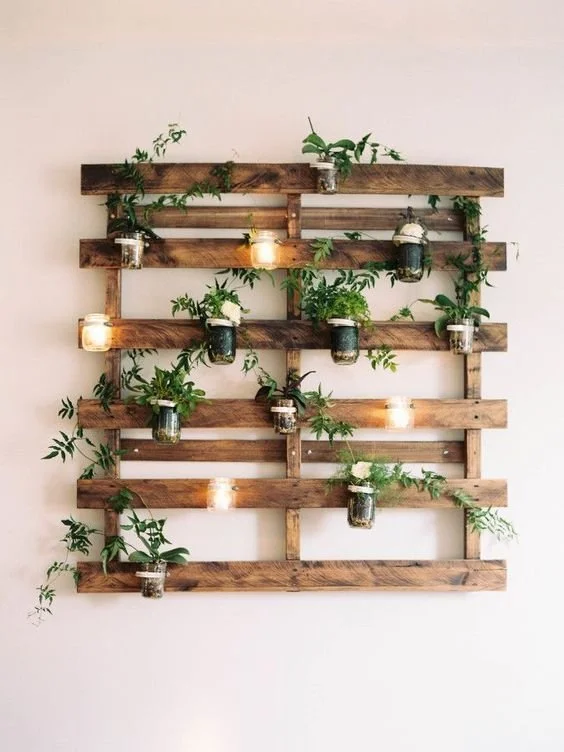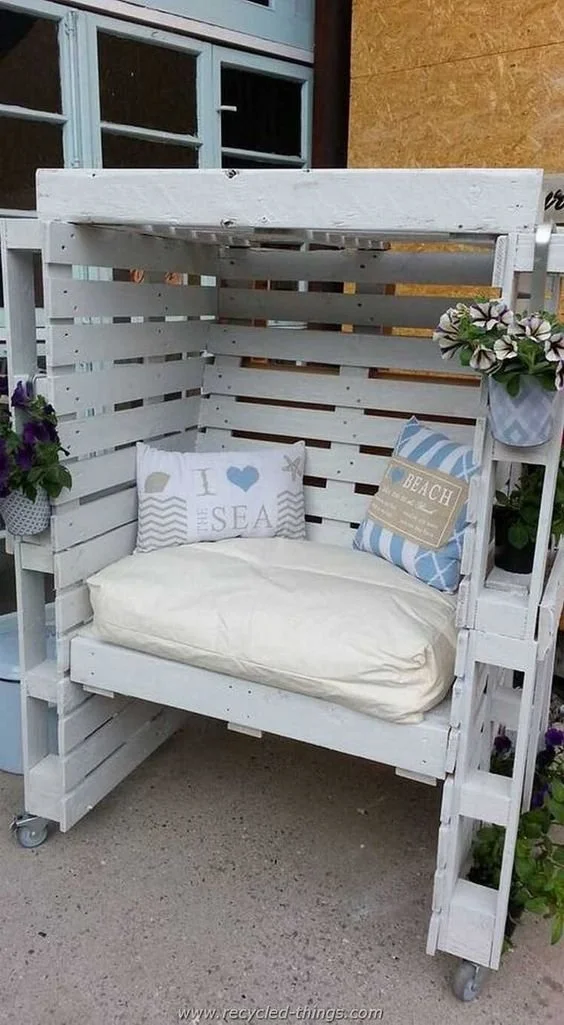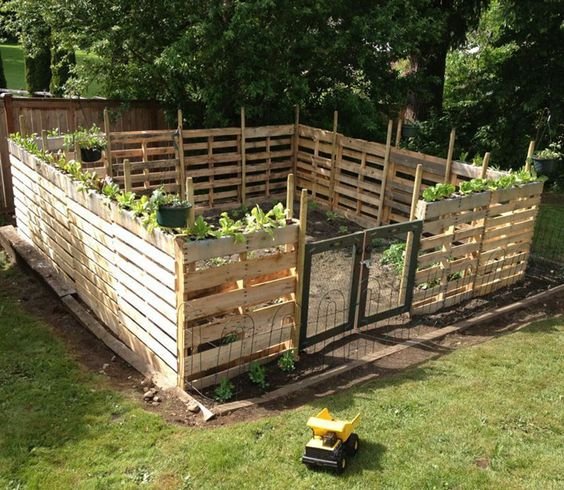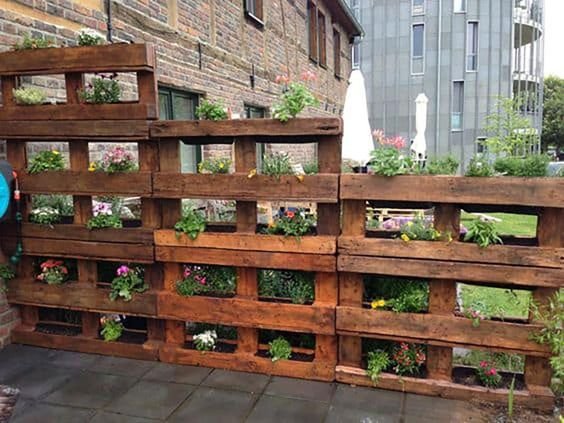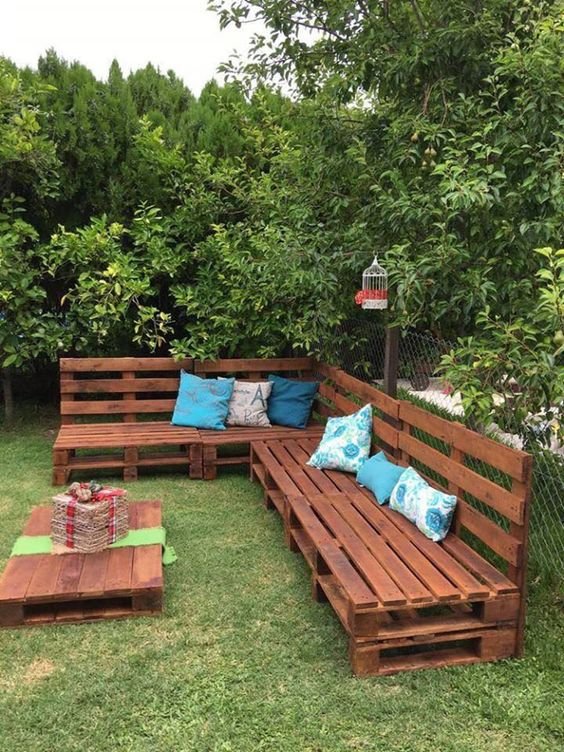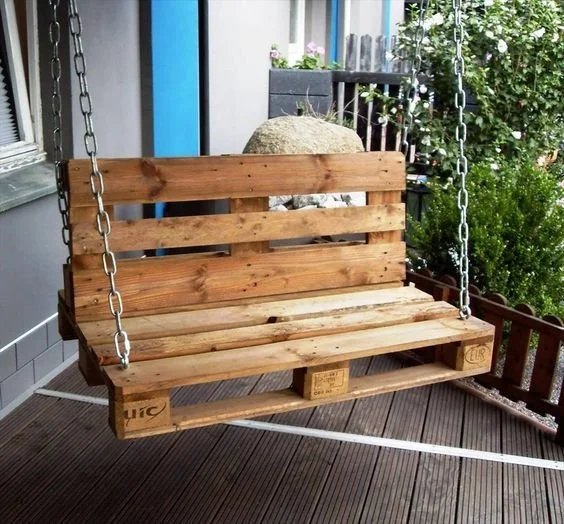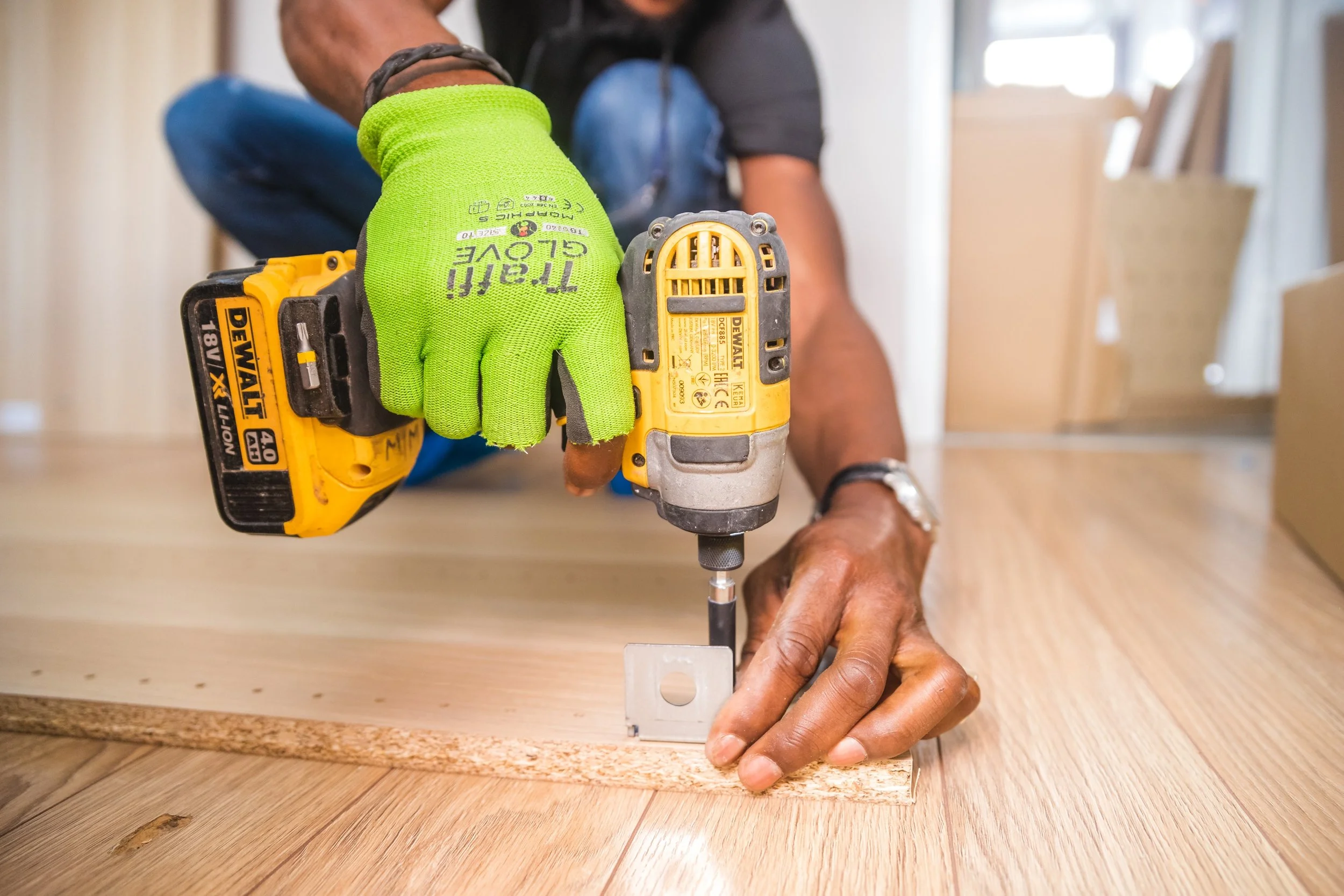How to Choose the Best Floor for Every Room in Your House?
RH Business Marketing Solutions
Every room in your house has a unique purpose, ambiance, and aesthetic. It's no surprise, then, that each space may demand a distinct type of flooring. While aesthetic appeal is vital, functionality, durability, and maintenance also play pivotal roles in determining the right floor. Now, let's see how to select the perfect flooring for every nook and corner of your abode.
1. Living Room: The Heart of Your Home
For many, the living room is the focal point of their home. It's a space that witnesses countless memories, from family get-togethers to movie nights. A plush carpet might seem like a comfortable choice, but if you're looking for durability, consider laminated or engineered wood flooring. They offer the elegance of natural wood but come with added resistance to wear and tear.
2. Kitchen: Where Culinary Magic Happens
The kitchen floor should be able to withstand spills, stains, and frequent foot traffic. Ceramic tiles, vinyl, and linoleum are popular choices. They're easy to clean, water-resistant, and available in a plethora of designs and finishes. However, if you want warmth underfoot, radiant-heated tiles are an excellent option.
Another aspect to consider is the floor's slip resistance. With occasional water and oil spills in the kitchen, having a non-slip surface can be a safety game-changer. Textured tiles or matte finishes can provide additional grip, ensuring fewer slip-related accidents. Moreover, if you have an open-plan kitchen merging with a living or dining area, ensure the transition between different flooring materials is seamless and cohesive. This continuity can create a harmonious flow, amplifying the aesthetics of your living space.
3. Bedrooms: Your Personal Retreat
Softness and warmth are key for bedroom floors. Wall-to-wall carpeting remains a favorite, offering both comfort and insulation. If you're not a carpet enthusiast, consider adding area rugs to hardwood or laminate flooring. They provide a similar coziness but are easier to maintain.
4. Bathroom: Oasis of Relaxation
The bathroom floor needs to be waterproof above all. Porcelain and ceramic tiles reign supreme in this department. They're robust, water-resistant, and available in various designs. For a touch of luxury, you can also consider natural stone tiles like marble or granite. However, ensure they're properly sealed to prevent water damage.
While tiles remain popular, other innovative bathroom flooring options are emerging. Luxury vinyl tile (LVT) is becoming a favored choice due to its water-resistant properties and realistic mimicry of wood and stone finishes. It provides warmth underfoot, unlike traditional tiles. Additionally, rubber flooring, available in sheets or tiles, offers a slip-resistant, waterproof, and contemporary look, ensuring both style and safety in a bathroom setting.
5. Home Office: Boosting Productivity
With remote work becoming more prevalent, a home office requires a floor that's both functional and invigorating. While carpet tiles offer a modern look and cushioning effect, bamboo or cork flooring can be both sustainable and stylish. For those seeking an exceptional, elegant touch, maple hardwood flooring stands out. The radiant hue and fine grain of maple not only provide a lavish look but also promise durability. After all, a conducive environment can elevate your work game.
6. Basement: Maximizing Utility
Basements often face issues like moisture and temperature fluctuations. Hence, it's crucial to pick the flooring that can combat these challenges. Vinyl planks or tiles are fantastic as they are water-resistant and affordable. If you aim for a more cozy feel, consider using engineered wood, which can handle humidity better than solid wood.
When contemplating basement flooring, also think about potential usage. If you plan to transform your basement into a playroom or gym, padded interlocking tiles or carpets might be ideal for cushioning and insulation. For home theaters or music rooms, consider soundproofing materials or adding a layer of acoustic underlayment beneath your primary flooring choice. This will enhance sound quality and reduce noise transfer to other parts of the home.
7. Outdoor Spaces: Embracing Nature
Whether it's a patio, balcony, or porch, outdoor spaces need robust flooring. Natural stone, concrete, or specially designed outdoor tiles are fantastic options. They can endure the elements and still retain their charm. If you're aiming for a wooden deck, opt for treated wood to ensure longevity.
For those wanting a greener approach to outdoor spaces, composite decking is a noteworthy alternative. Made from a blend of wood fibers and recycled plastics, composite decks are durable, resistant to rot, and require minimal maintenance. Another emerging trend is permeable paving, which allows water to pass through, reducing runoff and recharging groundwater. These innovative pavers come in various materials and designs, offering aesthetics while being environmentally responsible.
Conclusion: Every Floor Tells A Story
Your house is an ensemble of stories, memories, and dreams. Every floor you choose can either echo or enhance this narrative. While aesthetics and trends are essential, remember that functionality and longevity are equally crucial. Research, envision, and select wisely. After all, the right flooring can elevate the very soul of your space.

